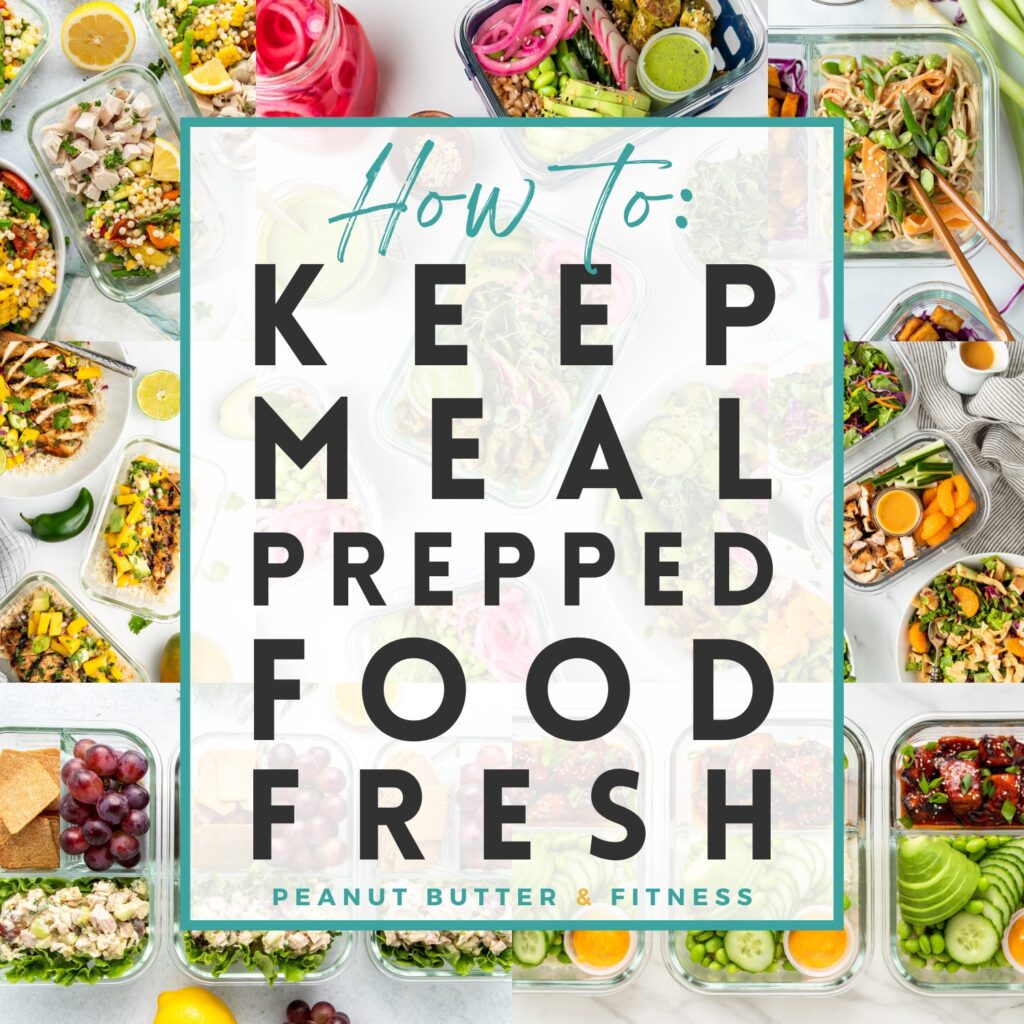
Meal prepping is a huge time saver – by investing a few hours upfront, you can have convenient access to nutritious, pre-made meals for the week ahead. But how do you make sure that your prepped meals stay fresh and tasty? I’m here to help answer that question!
I get questions and comments on my meal prep posts on Instagram all the time about how long my prepped meals will stay fresh. Some people are very insistent that my grilled chicken will dramatically turn to salmonella or grow legs on day 3 in the refrigerator. While there are obviously valid food safety concerns when it comes to meal prep, I will say that I’ve been meal prepping for 5-6 days at a time for over a decade and have never gotten sick from meal prepped food. More on this below.
Aside from food safety concerns, a lot of people worry about how the food will taste after a few days in the refrigerator. Will meal prepped food taste as good on day 4 as it did on day 1? Of course not! Your refrigerator is not some magical time warp machine. Sure, it helps preserve food, but it doesn’t stop time. And regardless of whether you choose to store your prepped food in the fridge or freezer, it’s never going to taste exactly the same as the day you made it.
Whether you value freshness over convenience is 100% up to you!
I personally don’t have the time or energy to cook meals every night of the week. Instead, I choose to meal prep so I can just grab a healthy pre-cooked meal out of the refrigerator, heat, and eat. I know this doesn’t work for everyone’s lifestyle, family needs, or food preferences, but if you’re here and still reading, I’m going to assume you are at least interested in reaping the benefits of this kind of meal prepping.
All of that said, there are a lot of tricks I’ve learned over the years to help keep my prepped meals fresh for the week. Meal prep can mean different things to different people, whether it’s cooking and assembling full meals or just ingredients. But at its core, meal prep is just leftovers divvied up into individual servings and stored smartly so they last longer. For the purposes of this blog post, I’m going to primarily focus my attention on how to do this to keep your food fresh for as long as possible.
How Many Days Should I Prep For?
I’ll give you the dreaded lawyer answer here – it depends! I meal prep once a week for 5-6 days at a time and reheat those prepped meals throughout the week. I know this method doesn’t work for everyone because of family needs or your own preferences, and that’s okay. There are plenty of other meal prep resources out there to help you out if you prefer to only prep ingredients for the week or prep multiple times per week. Check out some other meal prep blogs like Meal Plan Addict, Sweet Peas and Saffron, or Fed and Fit if that describes you.
A Note on Food Safety
I’ve seen a lot of comments on social media where people recommend to others that they should undercook their chicken when meal prepping it so it doesn’t dry out when you reheat it. Yes, for real. It makes me cringe every time I see it, so let me just say this: unless it’s a food that’s safe to eat raw, you should never intentionally undercook your food when meal prepping! Especially not chicken. If you’re worried about dry chicken, check out my post on homemade brine and why you should absolutely be brining your chicken during meal prep. Now that I’ve gotten that off my chest…
In the US, the Food and Drug Administration sets guidelines for safe food storage. They recommend that most cooked foods stored in the refrigerator be consumed within 3-4 days. For more info, check out this FDA cheat sheet on refrigerator and freezer storage. There’s also a much more comprehensive list here.
But remember when I said that this post was going to focus primarily on how to keep your food fresh for as long as possible? Yep, I’m still sticking to that. Whether you opt to adhere strictly to the FDA guidelines or choose to accept some risk and stretch beyond them is 100% up to you! By no means am I endorsing risky behavior here, but what I am doing is sharing with you what I do and then you can consider all the factors for yourself and do you, boo.
It’s all About Smart Storage
What really sets meal prep apart from regular ole’ leftovers is the intentionality of it all, and a major component of that is how you store the food. To keep food as fresh as possible, you have to be thoughtful about how you pack meals (or components of meals) into containers. I have a whole blog post all about picking the right meal prep containers here – be sure to check it out! I’ll include a couple of quick pointers here in case you don’t find your way over there…
- Think ahead to store your meals for optimal reheating. For something like a burrito bowl where you may have one ingredient (like lettuce) that doesn’t need to be heated in the microwave, but everything else does, stick that one item in a silicone cup so you can easily remove it before the rest goes in the microwave.
- If you love salads for lunch, get a dedicated salad container like this one. I love that it keeps the protein separate from the lettuce and other toppings, plus it has a dedicated dressing container. All of this (plus a little piece of paper towel under your greens to absorb any excess water) ensures a bright, fresh salad all week!
Refrigerator vs Freezer
In general, I consider myself to be a refrigerator meal prepper. Most of my weekly meals go straight to the fridge and never face a dark, frosty freezer. That said, I do love to keep a stash of single-serve meals in the freezer for when life gets crazy and I don’t have time for a full fridge prep. In those cases, I’ll just grab a meal out of the freezer when I need it. Keep scrolling for a link and preview of my Ultimate Freezer Meal Prep Guide. You can see below what my fridge and freezer typically look like when I’m fully stocked with meal prepped food.


The fridge/freezer pictured here is made by Fisher and Paykel.
Because I always get questions when I post pictures of my fridge after prepping, I’ll try to answer a few of the most common ones here.
- Yes, it’s really my fridge.
- No, it’s not always this organized.
- No, you can’t see everything in this photo – there are foods tucked behind the nicely stacked meal prep containers and this fridge model has really awesome/big door storage for all my condiments, milk, and eggs.
- Yes, the freezer has 3 drawers to keep things organized and help you avoid “losing” stuff that gets buried at the bottom.
Pastas, Salads, and other Special Considerations
There are a few foods that need a little extra planning and attention when meal prepping them to make sure they hold up well.




- Sandwiches and Wraps – While it’s totally possible to prep sandwiches and wraps, you really have to plan ahead to avoid soggy bread or wraps. Want to put mustard on your bread? Think again. Try to put a hearty lettuce directly against the bread or wrap, then meat or cheese, and any other veggies in the middle. Save the sauce for on the side in one of these little containers. You can also use wax or parchment paper to help separate ingredients to avoid sogginess or mushy cheese.
- Pasta – When meal prepping pasta, it will continue to absorb liquid after cooking, meaning that if it’s sitting in a sauce, it will turn mushy after 2-3 days in the fridge. Cold pasta recipes like these soba noodles, this spring couscous, this pesto pasta, and this Caprese pasta are better suited to meal prepping since the sauces are more oil based rather than tomato based. You can actually add an ice cube to these pastas in the morning to help loosen the sauce up by the time you’re ready to eat lunch!
- Seafood – While I don’t prep a ton of seafood anymore, anytime I do prep seafood, I am sure to eat it within 3-4 days of cooking it. This includes shrimp, salmon, mahi, and many more. I personally don’t trust it longer than that, nor do I like the flavor after that point. Of all the seafood options, I think salmon is the best for meal prep, but shrimp and mahi can certainly do really well too.
- Salads – I have a whole post about how to keep meal prepped salads fresh and avoid sad and soggy lettuce leaves. Follow the link below!
Reheating Prepped Food
While most prepped foods can be reheated in the microwave without issue, there are times when I prefer to use my air fryer or stovetop if they’re available. Any foods that have a coating or should be crispy I prefer to heat in the air fryer – think crispy roasted potatoes, skin-on chicken, crunchwraps, or chicken tenders. Soups, stews and a lot of pastas do really well when reheated on the stovetop, especially if you’re reheating them from frozen. Here are a few of my top tips for reheating like a pro:
- Remove cold stuff that should stay cold: There are a lot of meals that include components that should be eaten cold, making it a challenge to easily reheat the meal if it’s all packed into one container. Use silicone cups to make it easy to remove the stuff that should stay warm or cold. The best part about the silicone cups is that they hold their form and can be microwaved on their own if you have a mostly cold-component meal.
- Vent the lid: If you’ve ever microwaved a meal without venting the lid a bit, you know how frustrating it can be to try to pry off a lid that’s sucked on tight to your container. If your meal prep container doesn’t have built in vents for easy microwaving, give the lid a half turn so the seal isn’t lined up with the container. You can also replace the lid with a damp paper towel or silicone lid made for reheating meals.
- Add liquid: Refrigerators are a dry environment and they tend to draw moisture out of your prepped food. Using air tight meal prep containers will help with this, but you can also add a little bit of liquid to your meal before reheating in the microwave. A tablespoon or two of stock, milk, or even water can do wonders for bringing pasta, rice, and grains back to life by creating a bit of steam while reheating.
For individually frozen prepped meals, I recommend taking the meal out of the freezer one or two nights before you plan to eat the meal and allow it to partially or completely thaw in the refrigerator. This will minimize the amount of fussing you have to do to get the food to defrost before reheating. For frozen items like these breakfast sandwiches, it also prevents soggy bread. For meals like pasta or chili, I definitely will add a couple tablespoons of liquid before microwaving or reheating on the stovetop.
Tools to Reheat Like a Champ
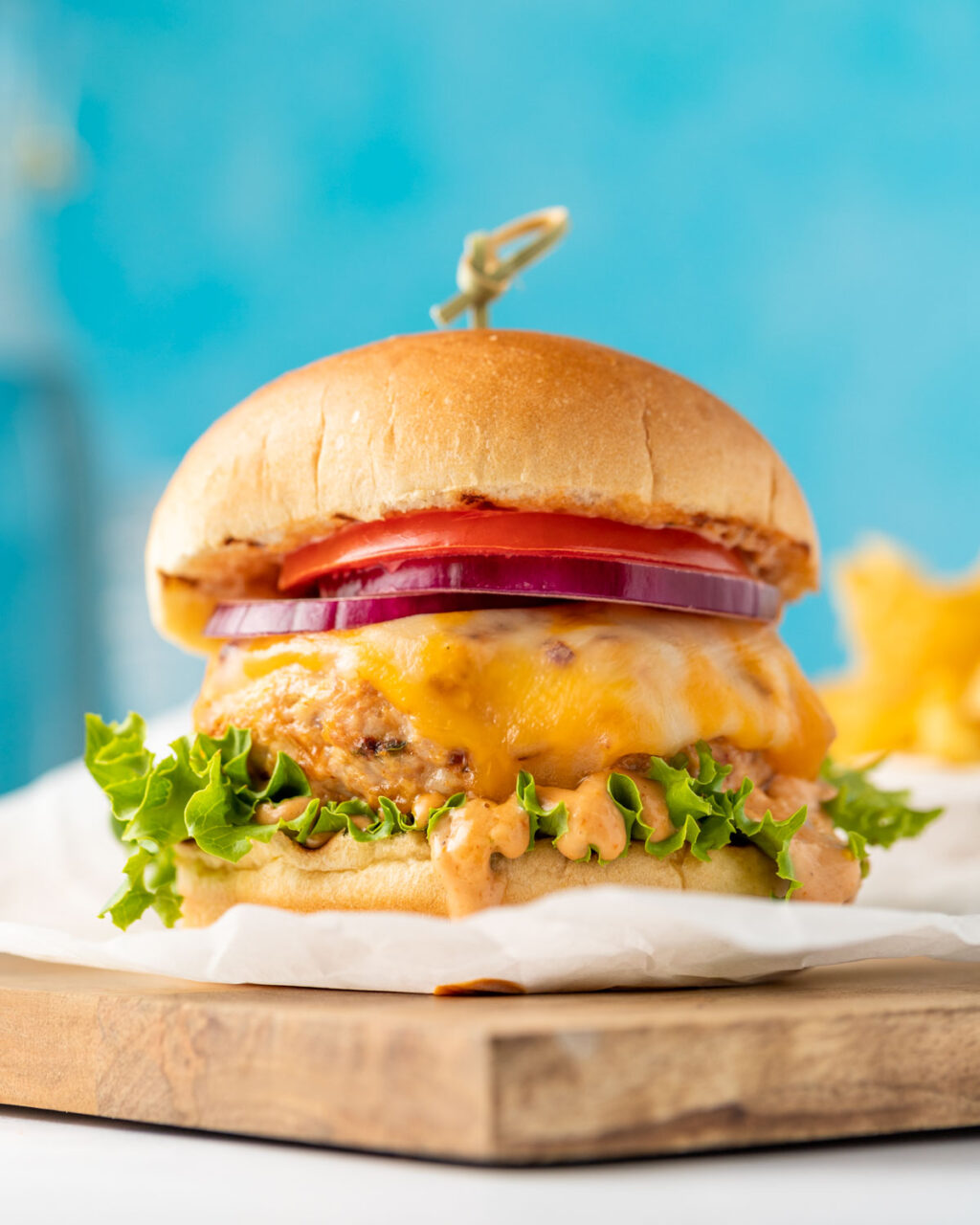
A final note:
Not All Recipes are Meal Prep Friendly
It’s sad, but true. There are soooo many recipes that work well in meal prep, either with or without extra steps or gear to keep them fresh. But at the end of the day, not everything is meant to be meal prepped. Here are some examples:
- Fried foods (unless you can reheat in an air fryer)
- Assembled tacos, burgers, and many sandwiches
- Most pasta based soups (unless separating the pasta)
- Poke bowls and sushi (unless the protein is cooked)
More Meal Prep Resources
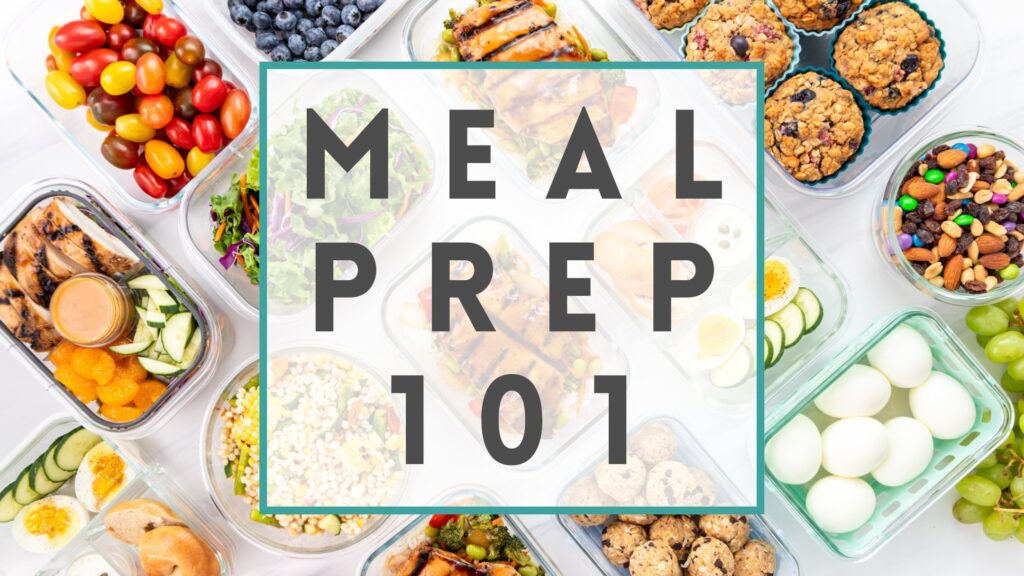
New to meal prep?
Get Started Here!
Explore my top tips for getting started, links to a ton of free meal prep resources, plus a list of must-have tools & essentials!
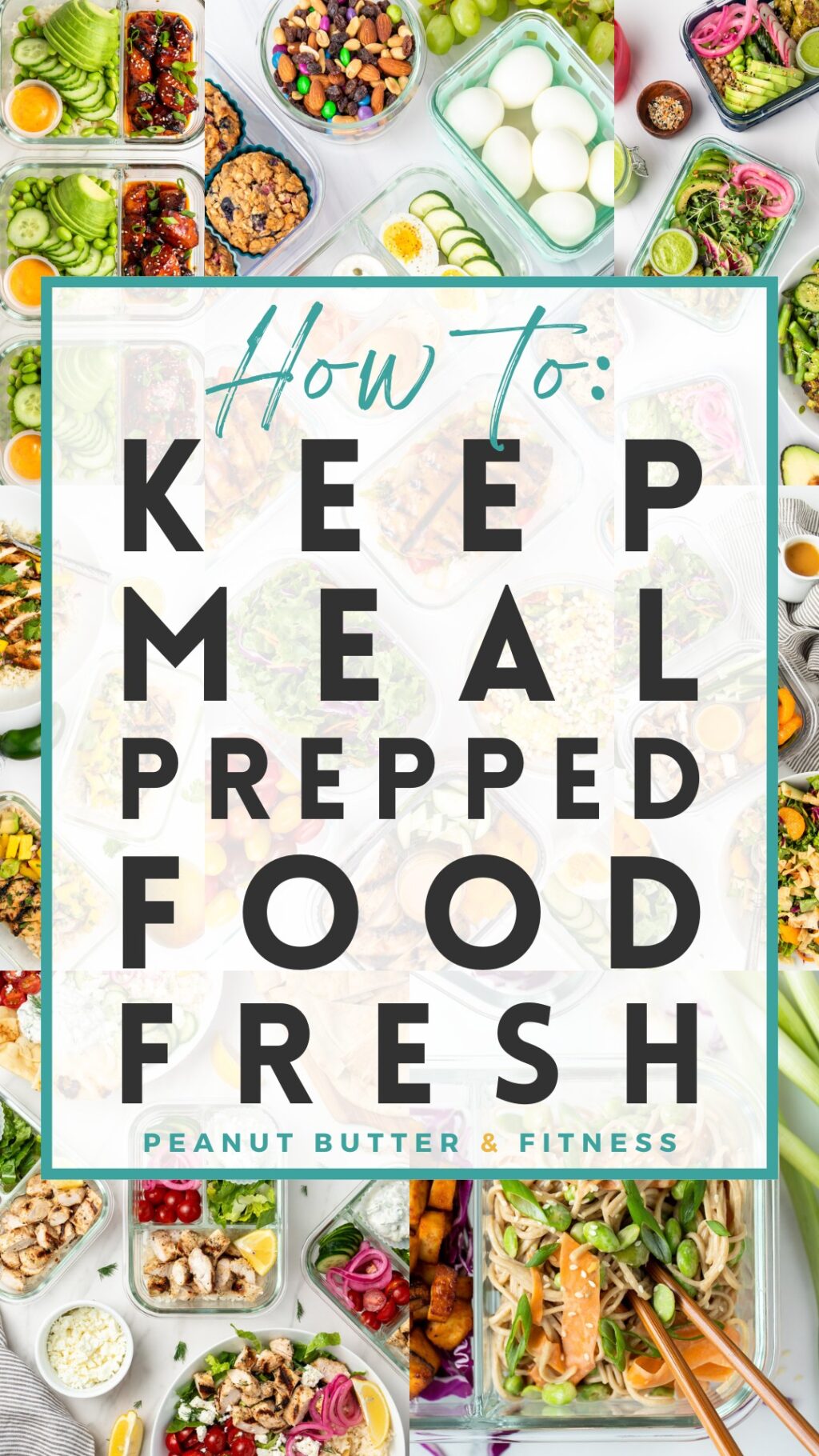
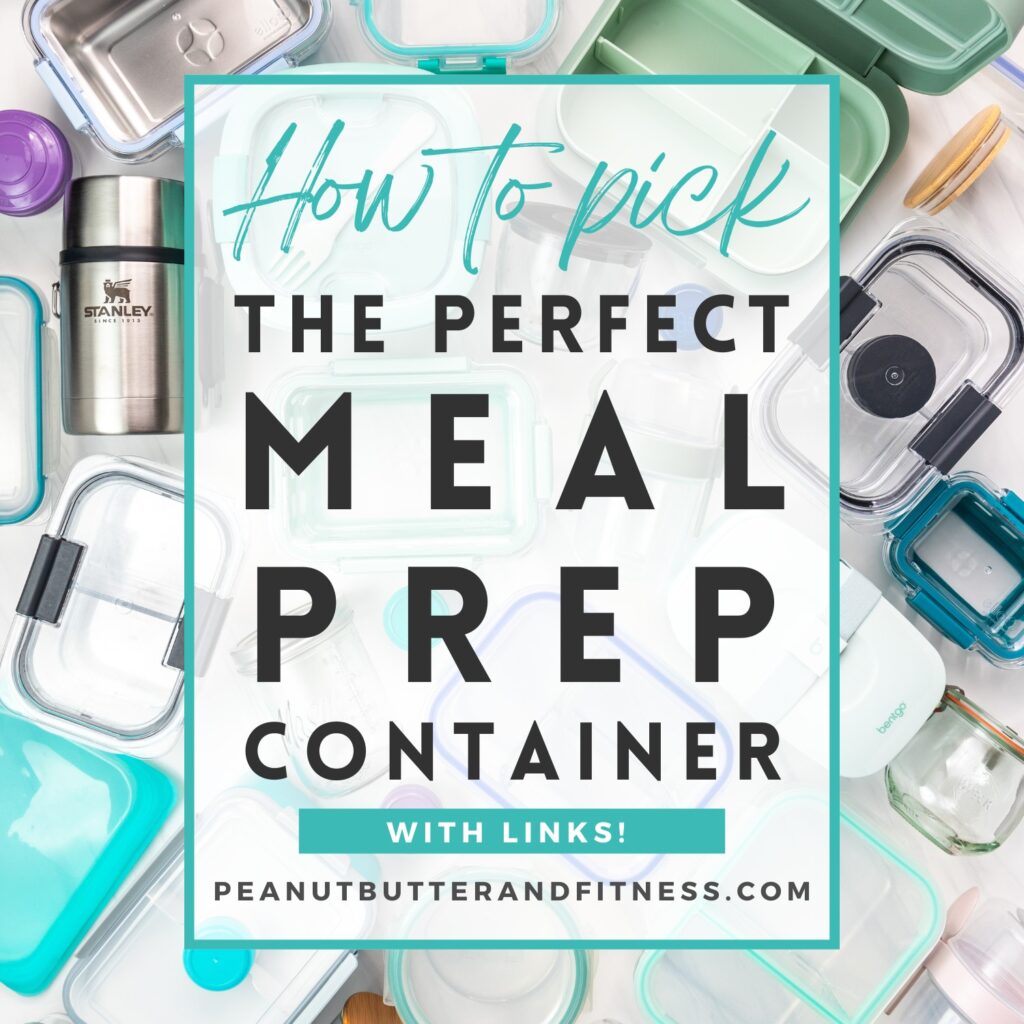
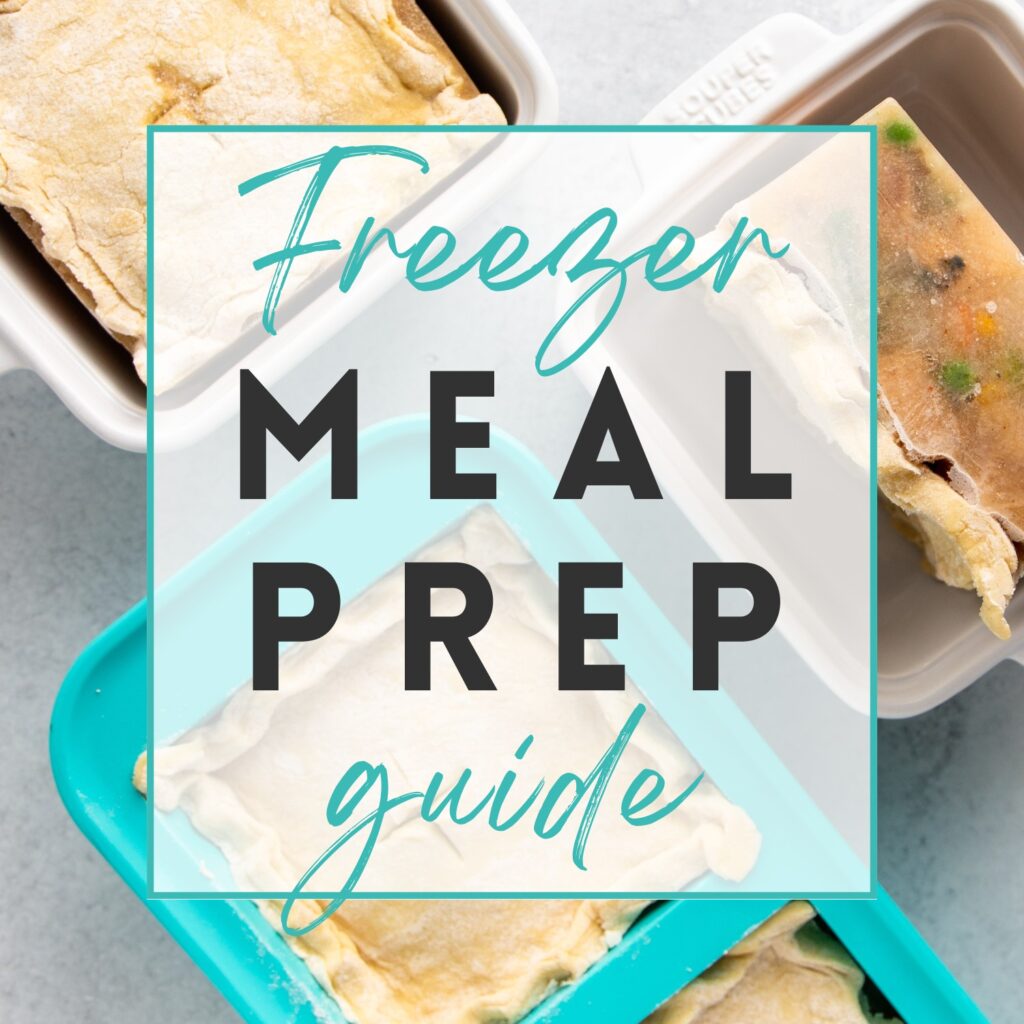
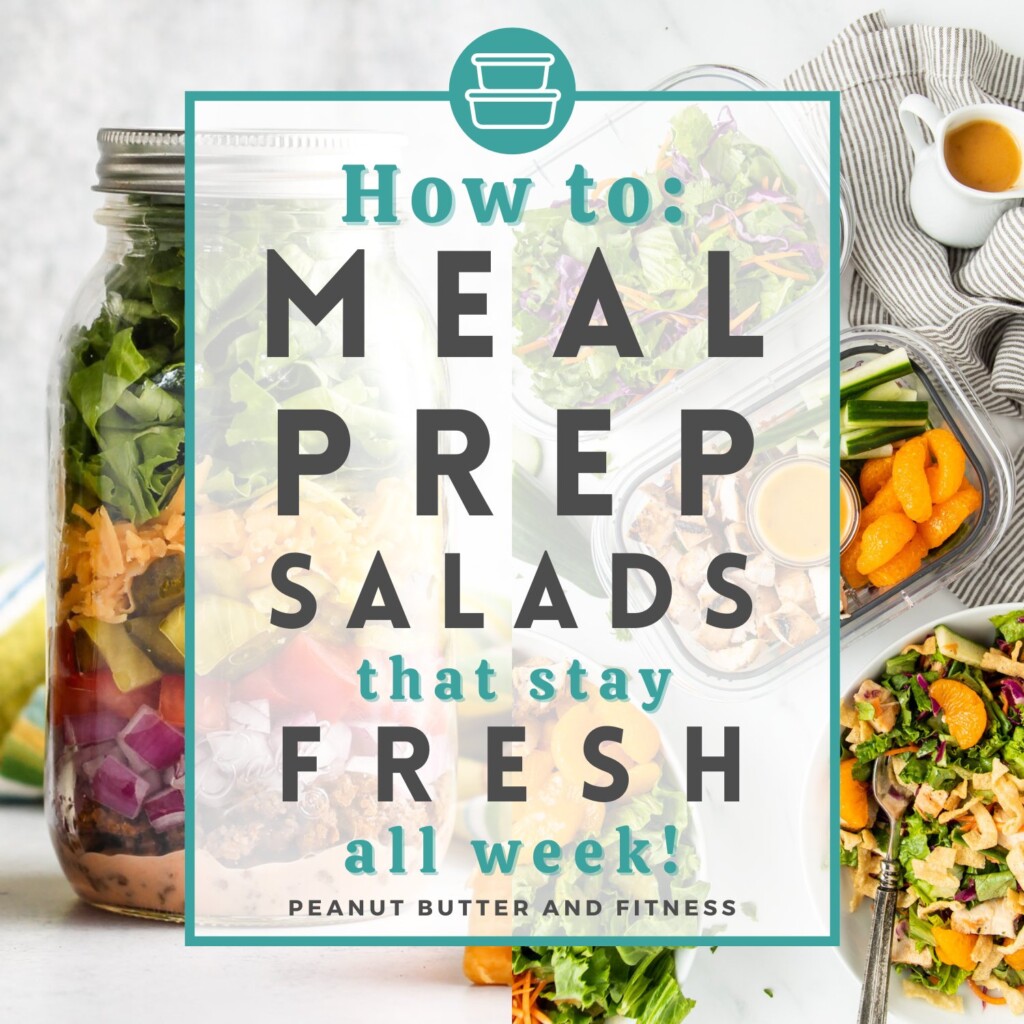
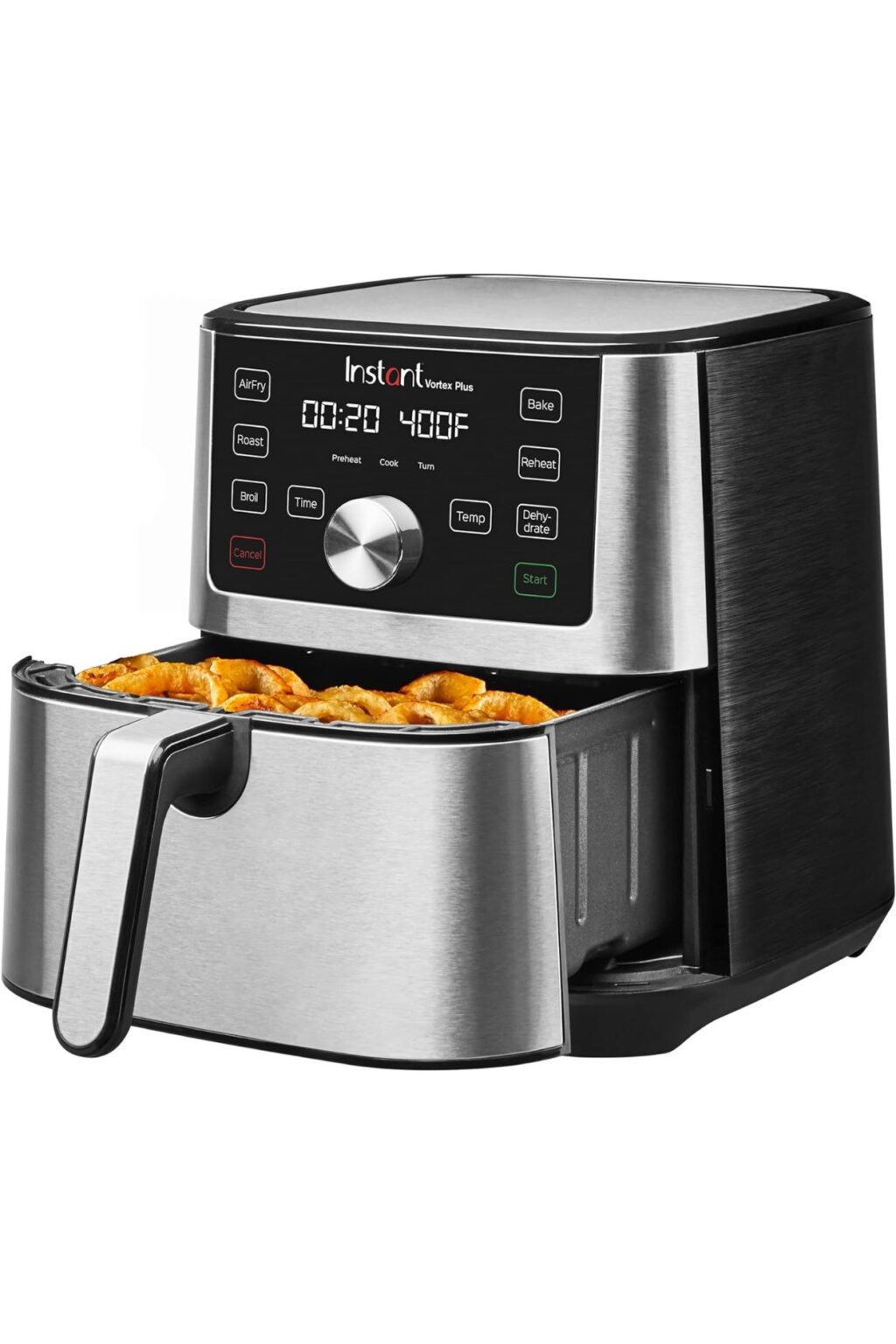
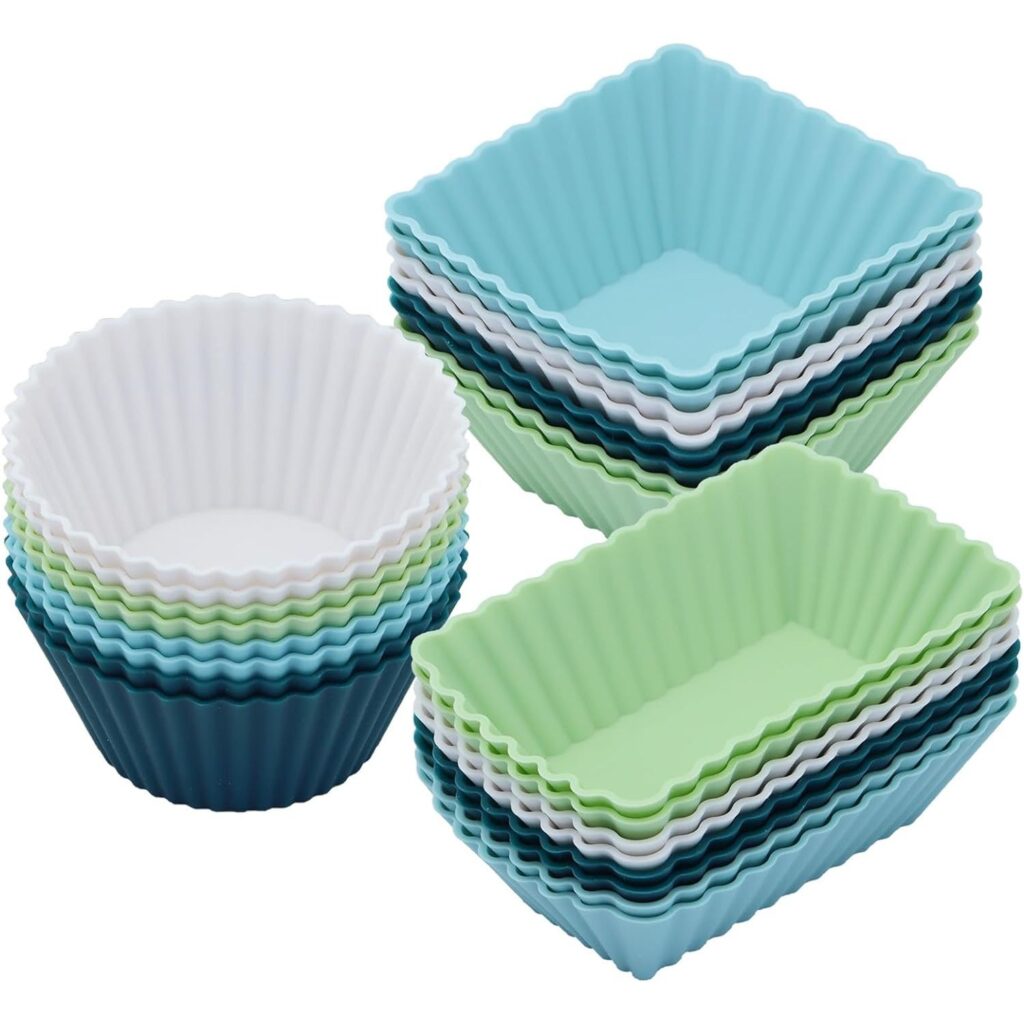
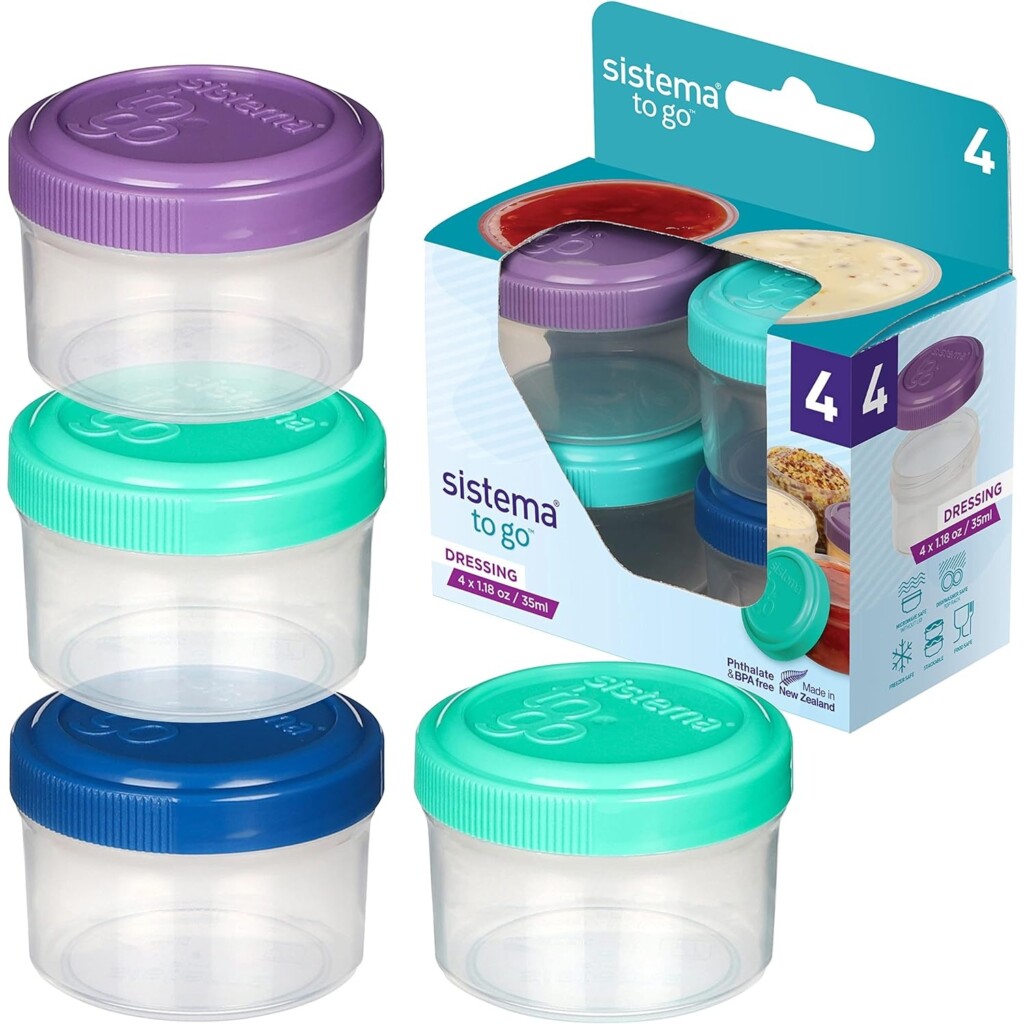
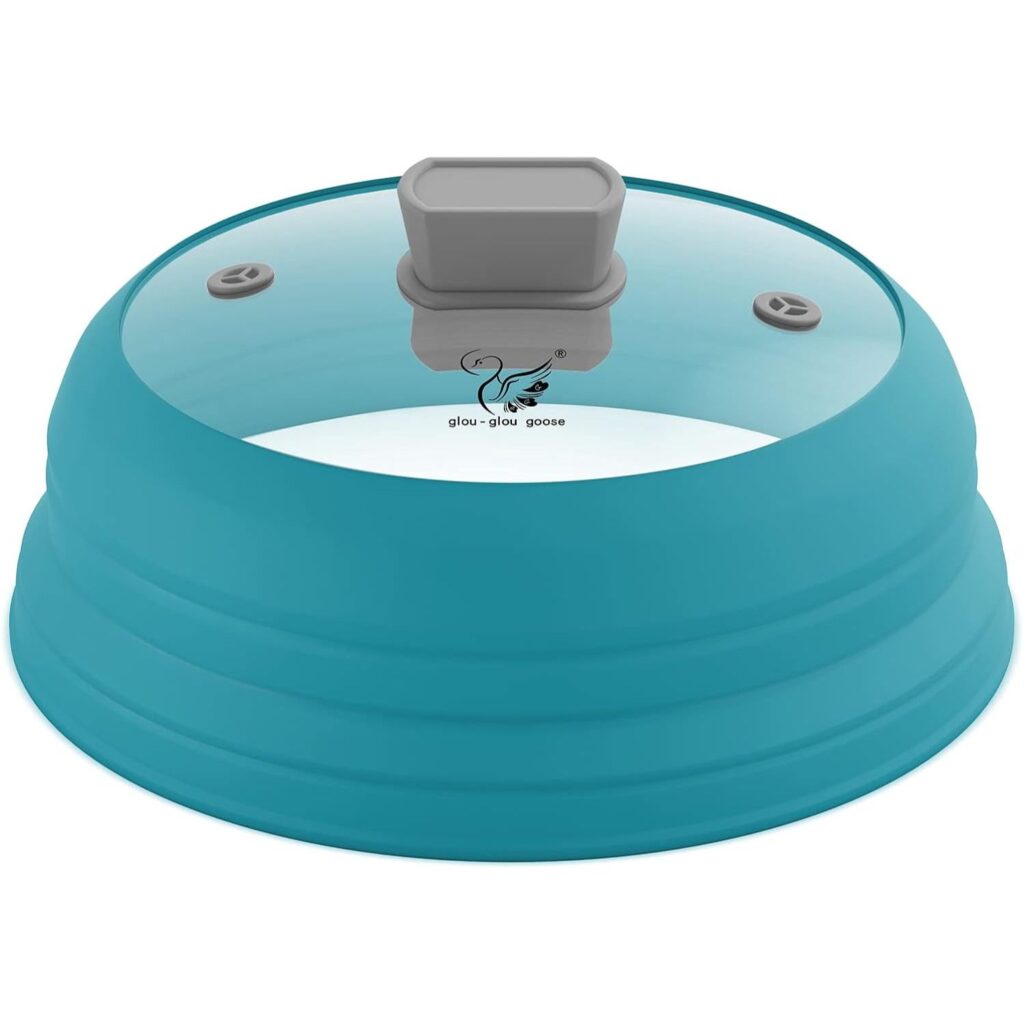
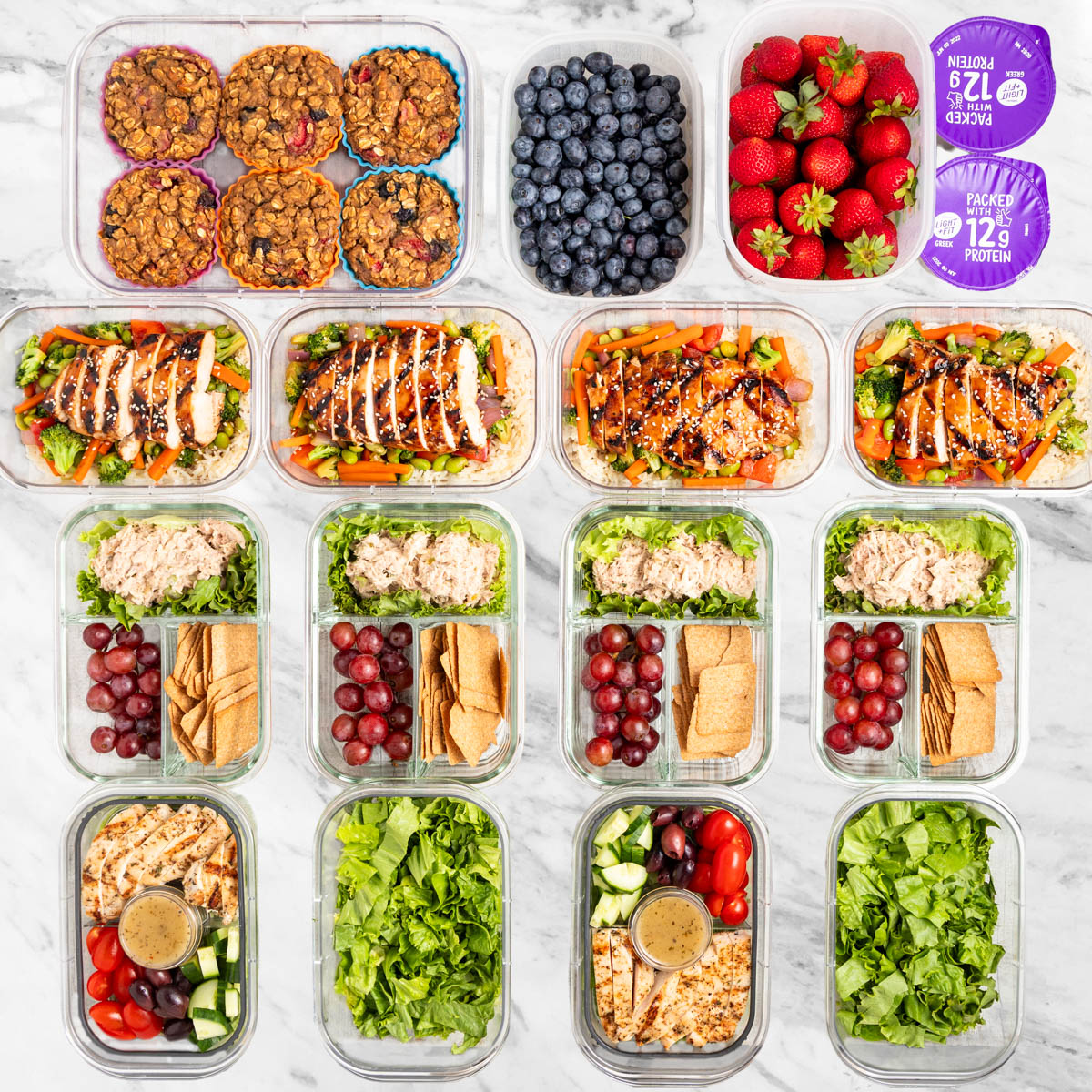
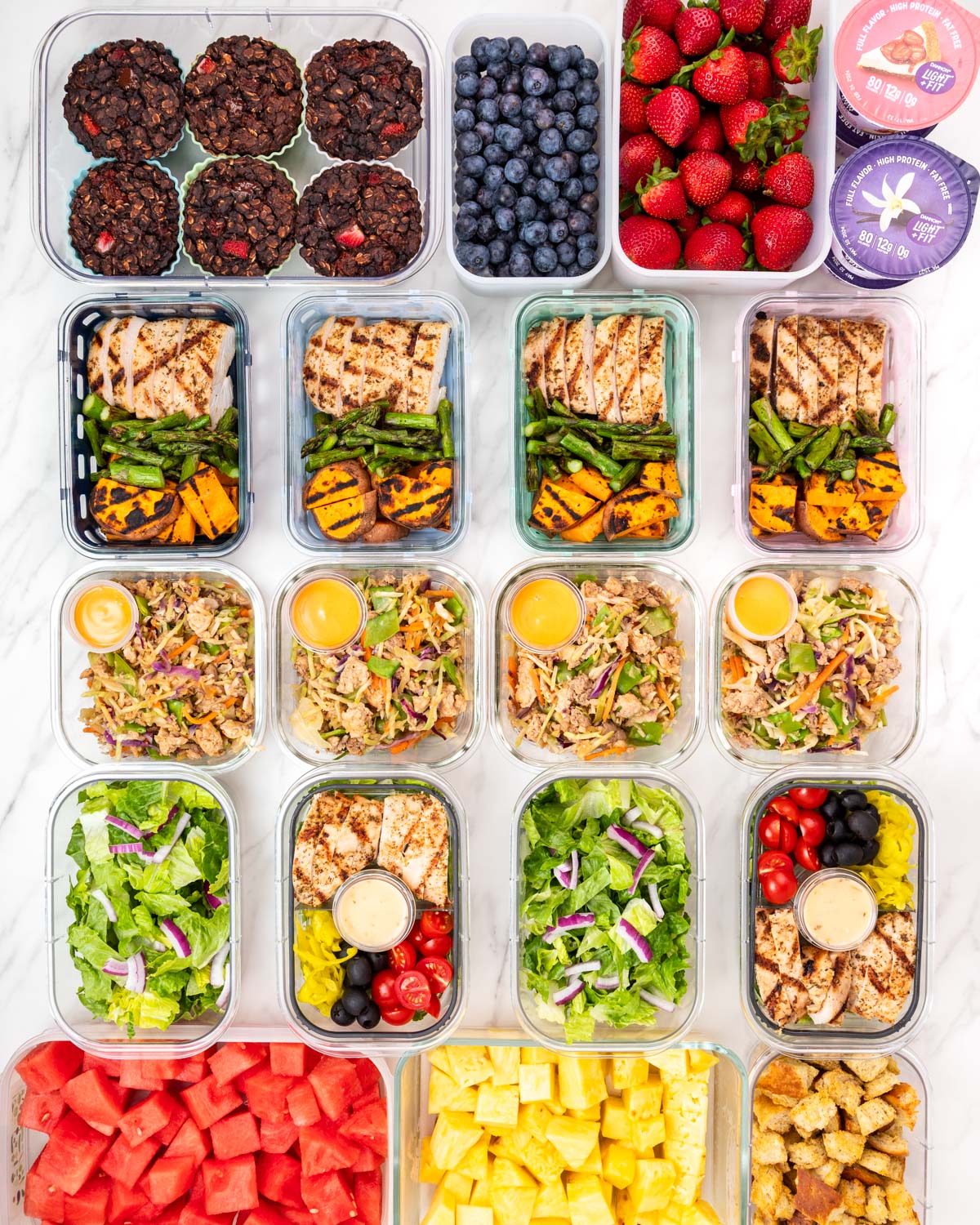
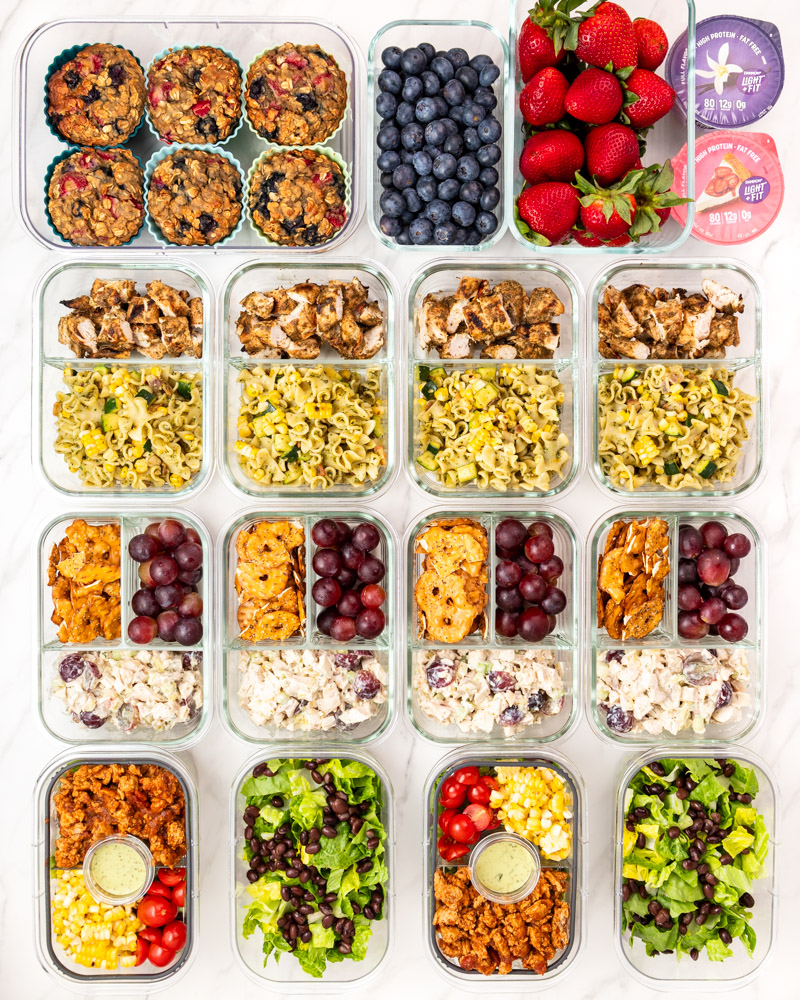
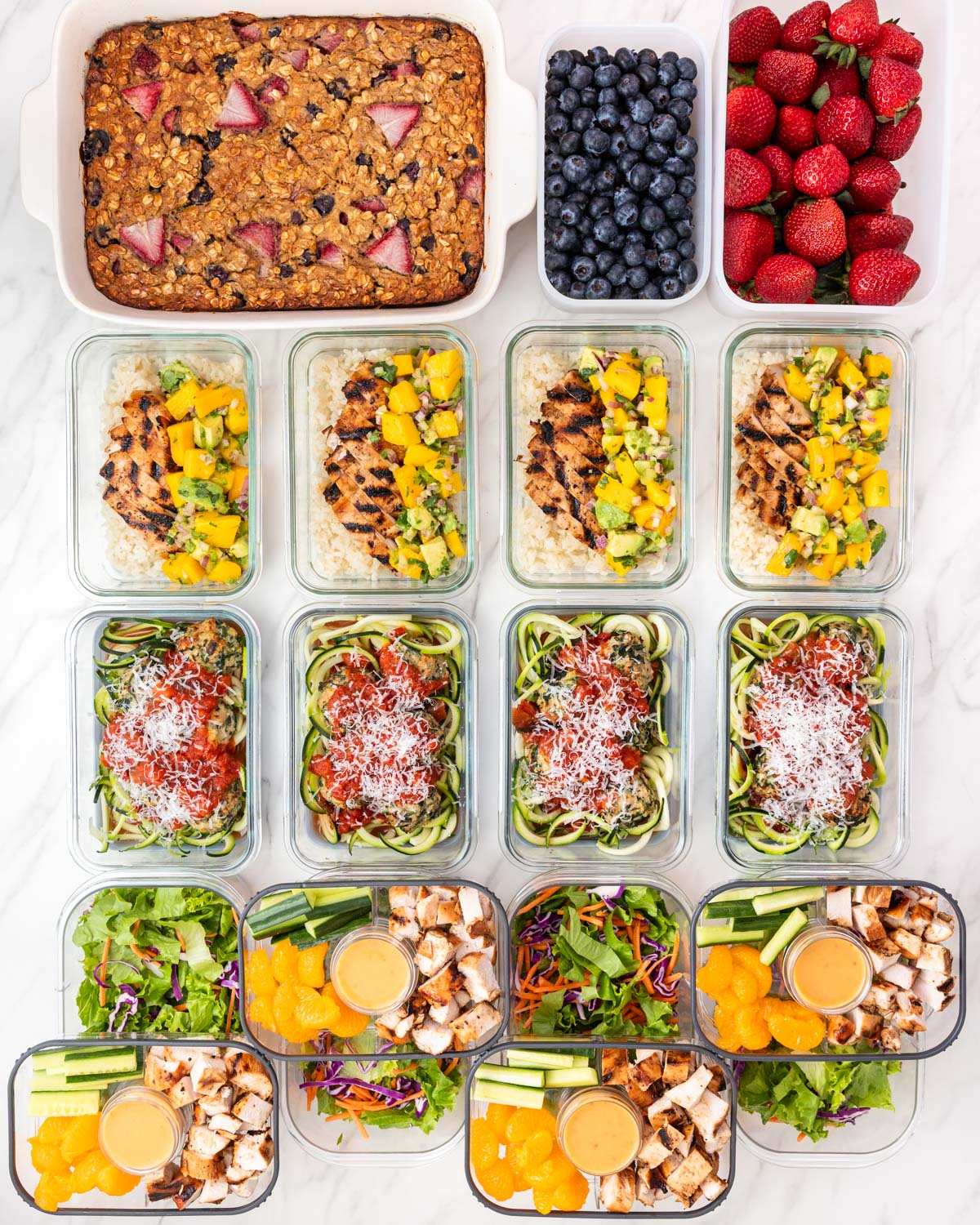
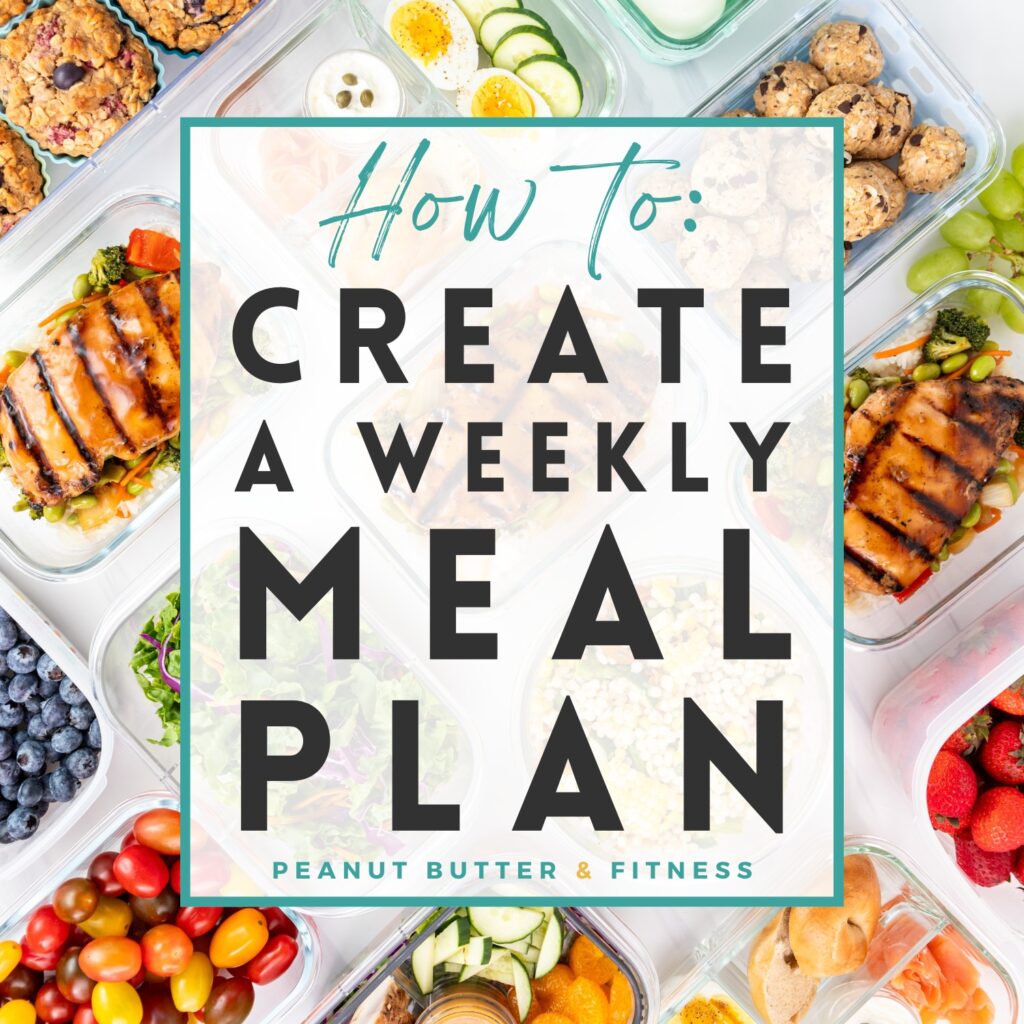


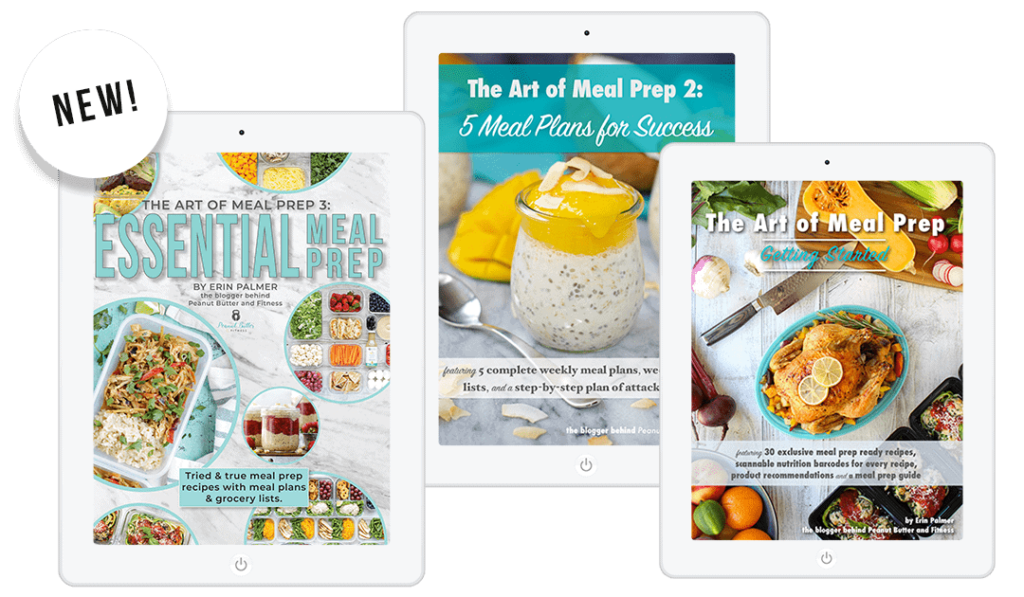
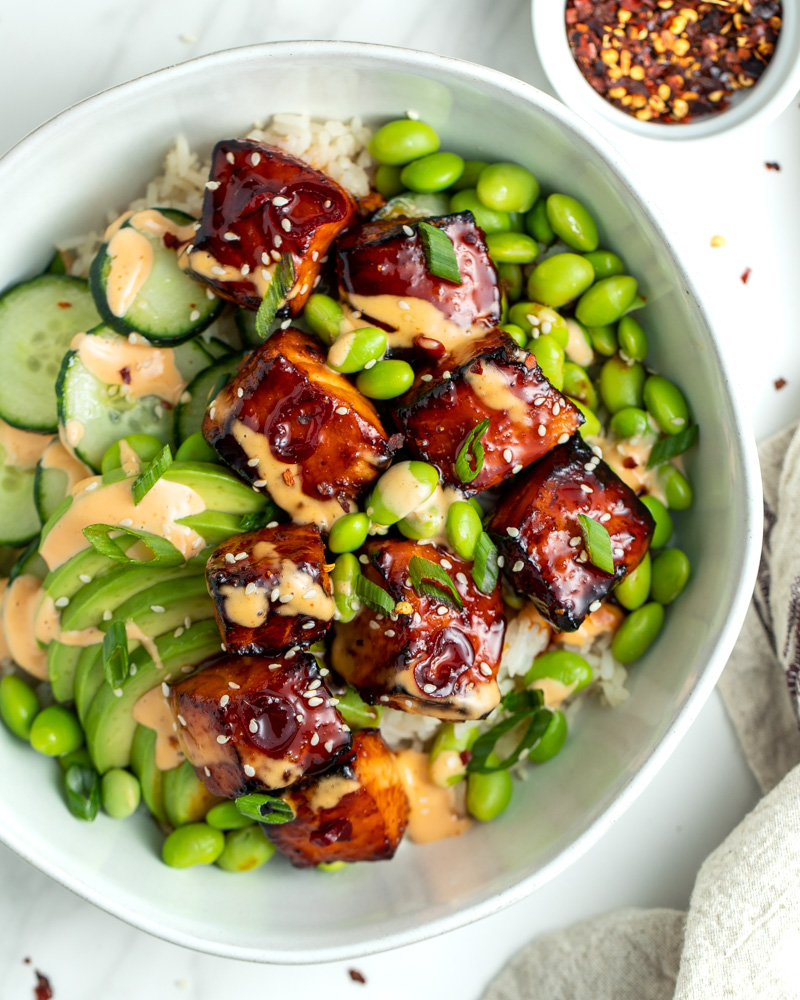
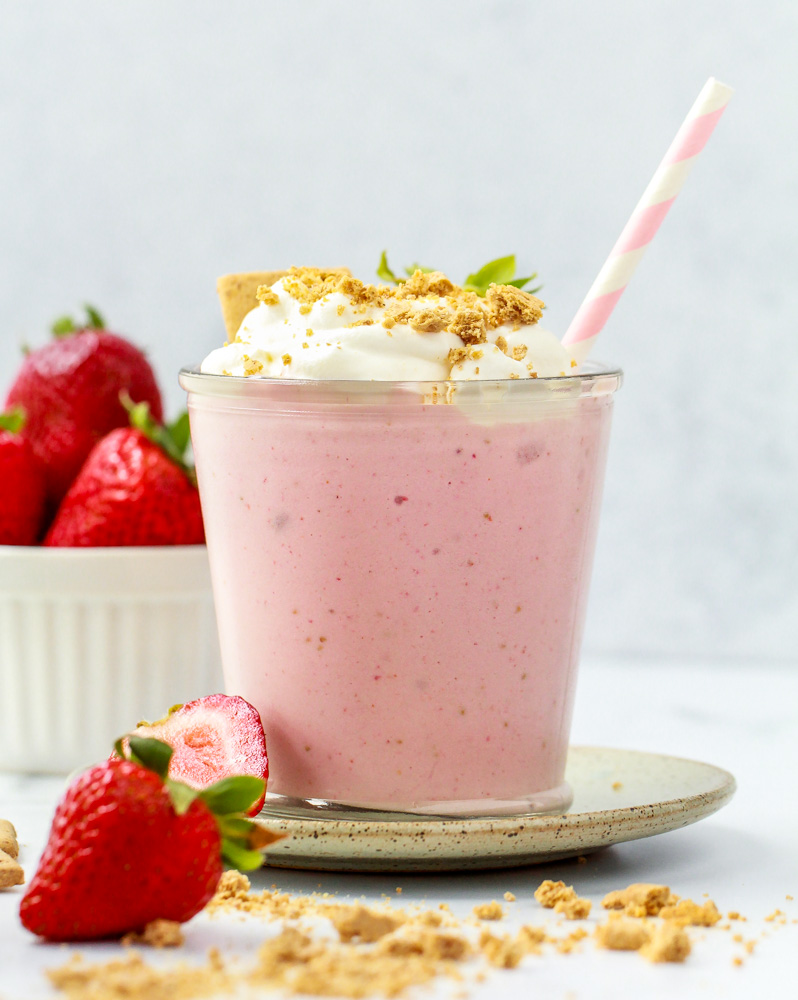
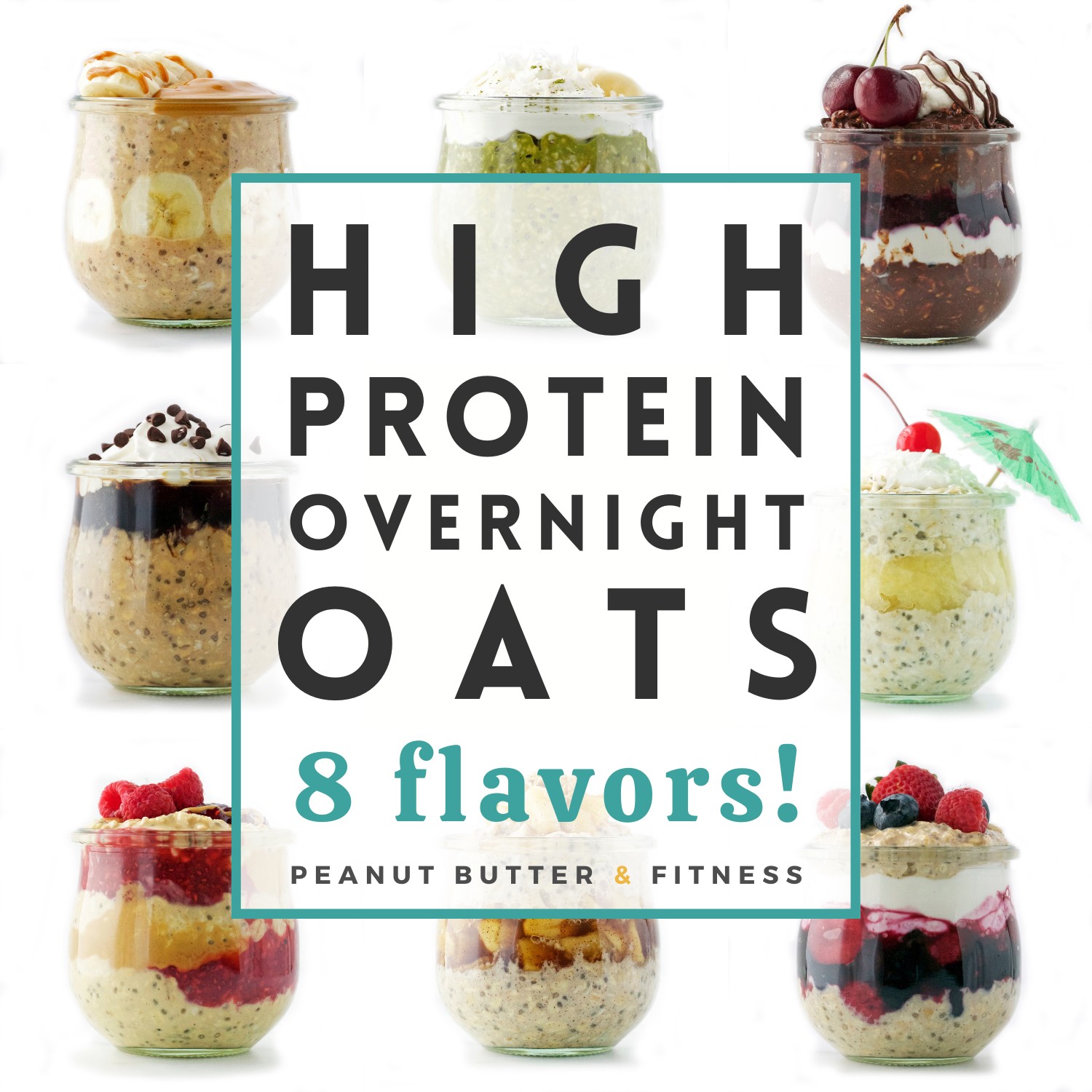
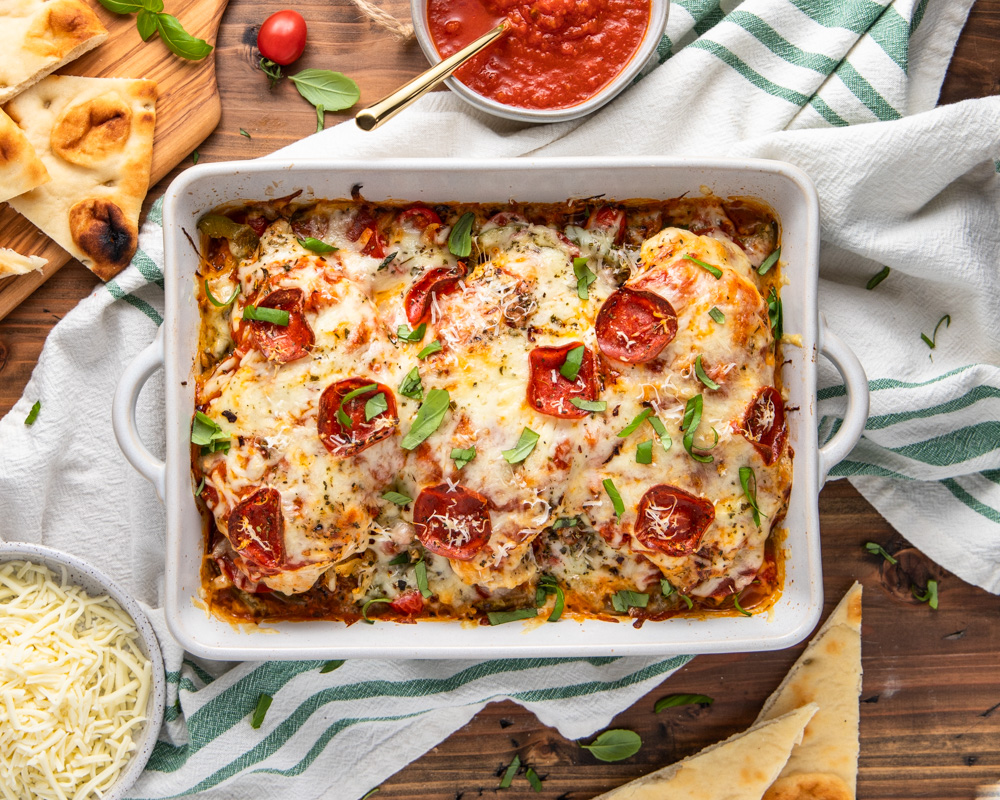
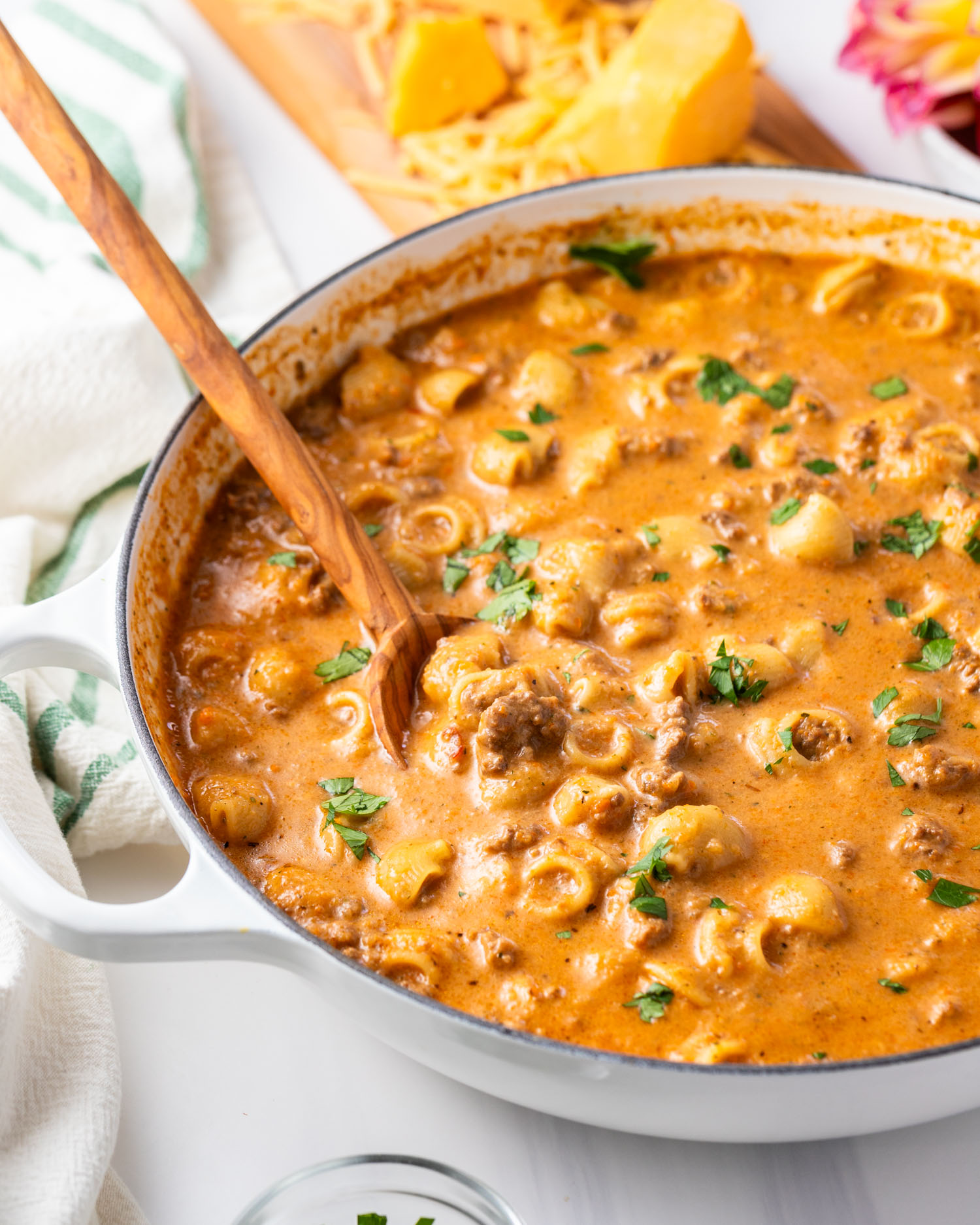
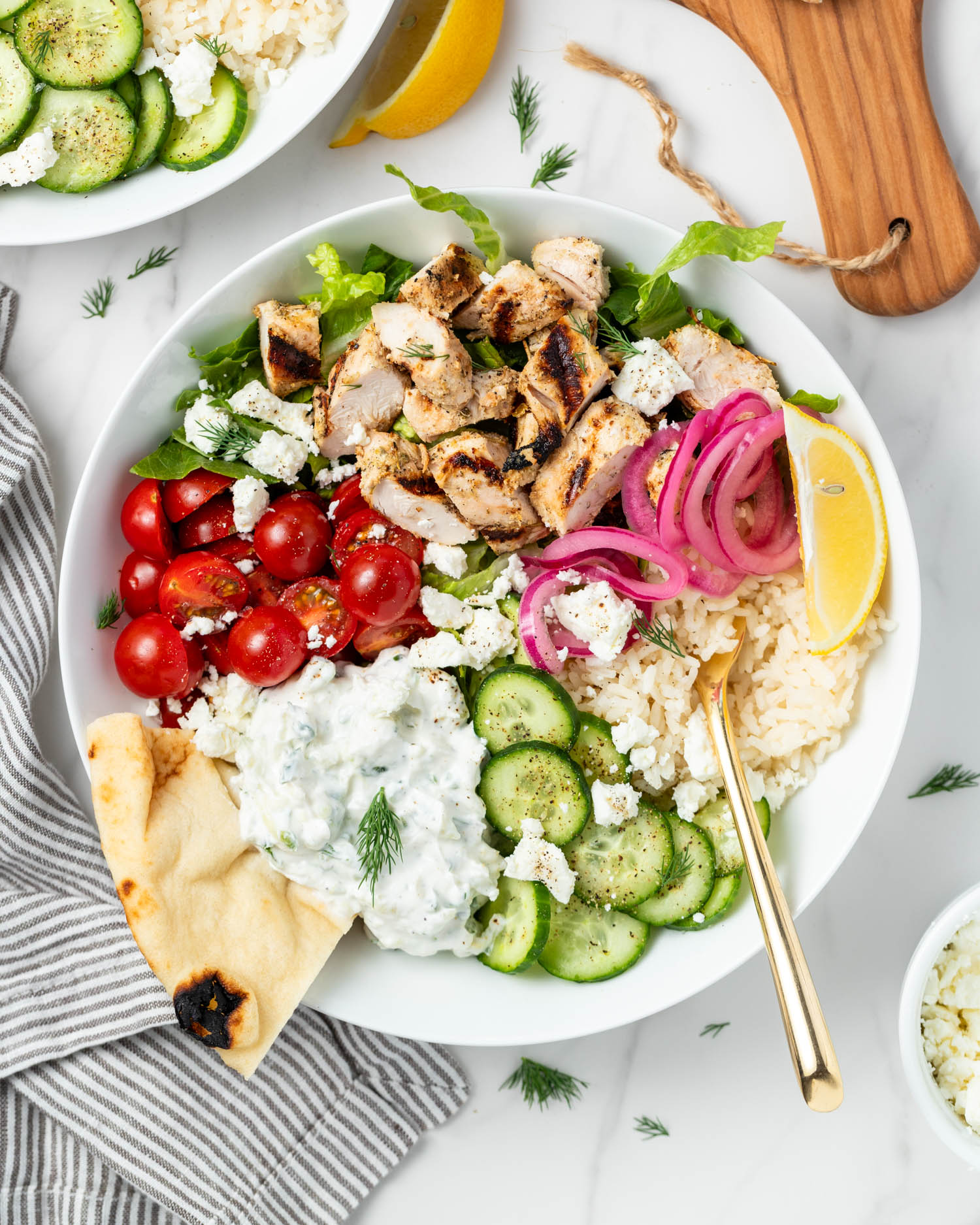
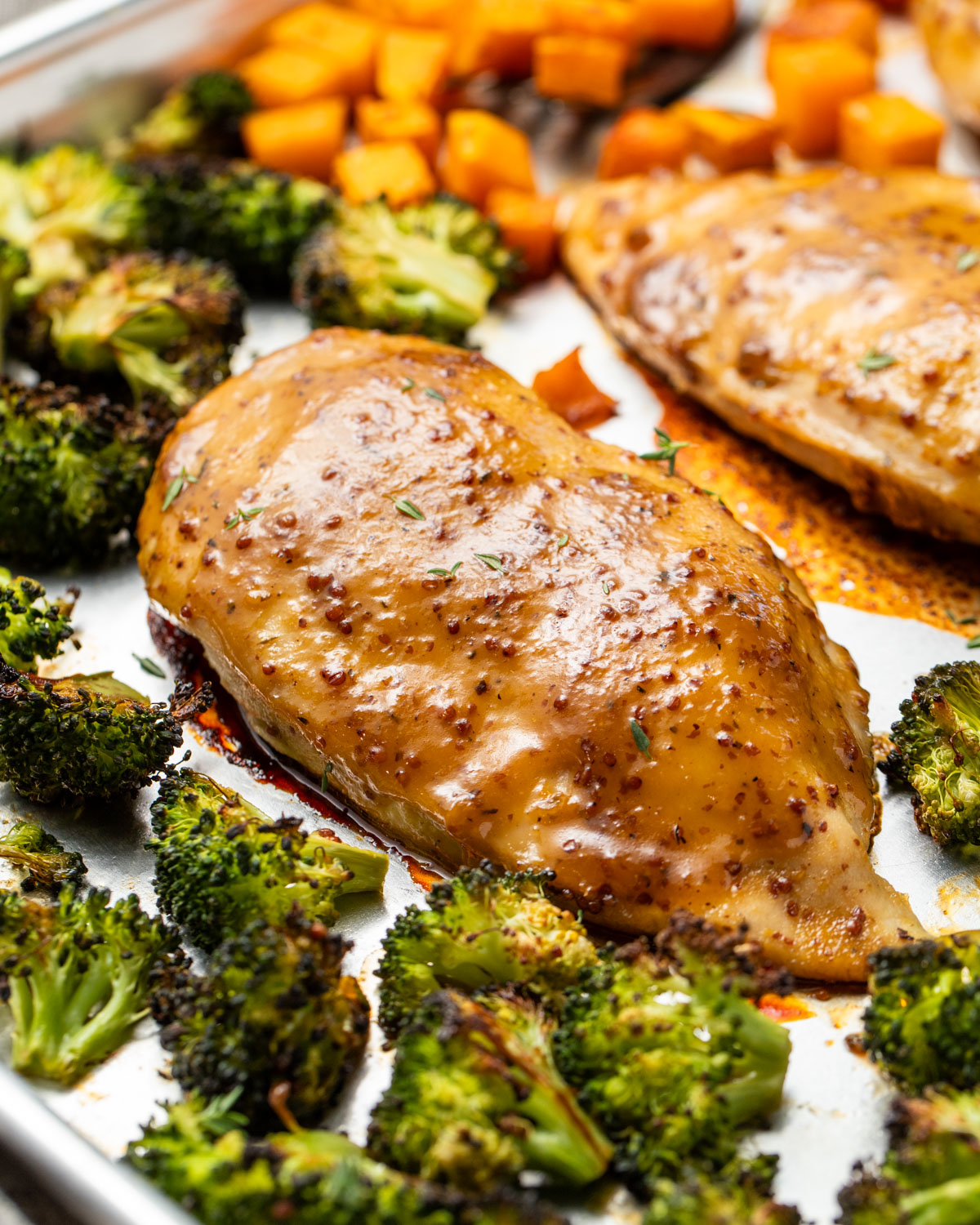
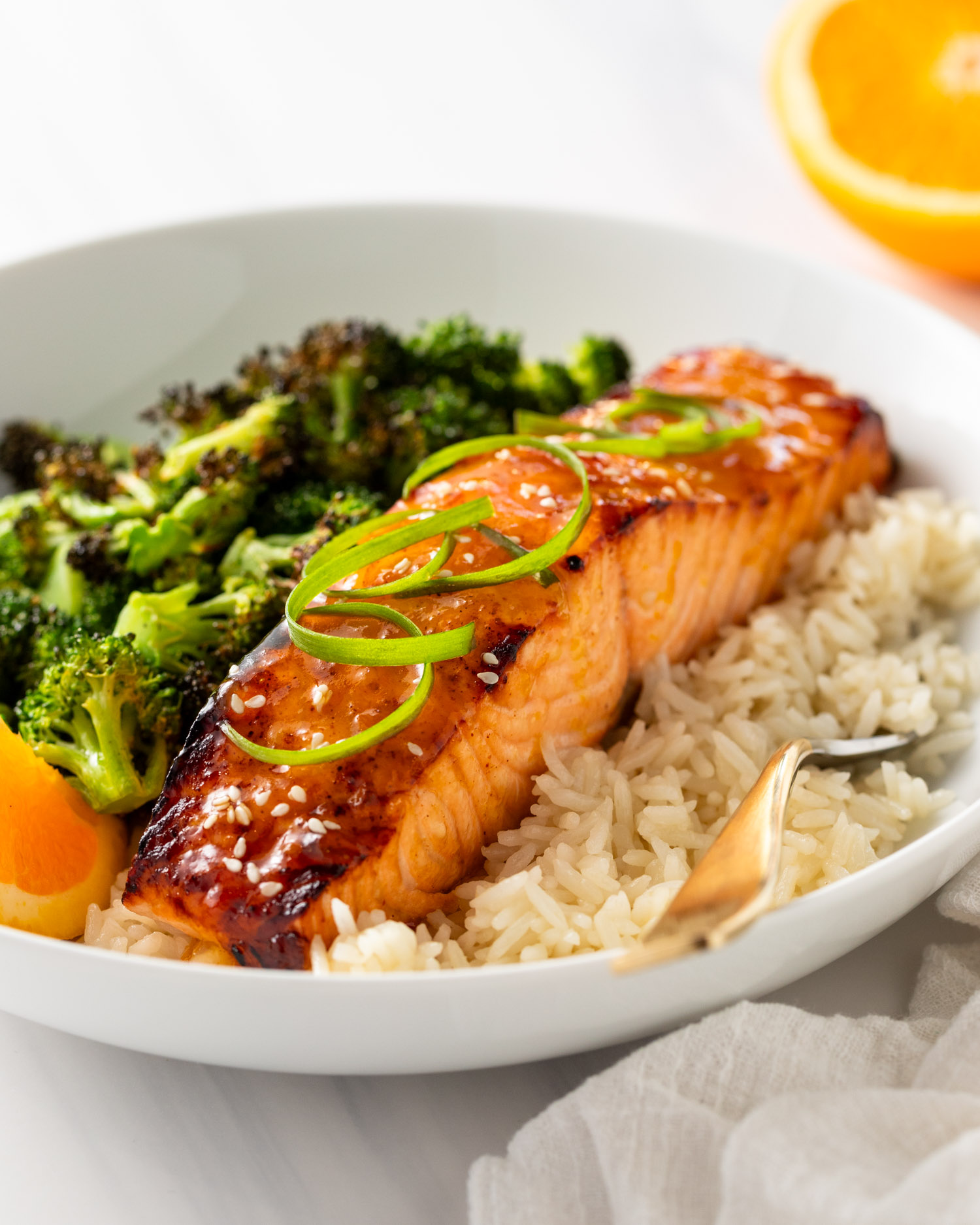
Leave a Reply